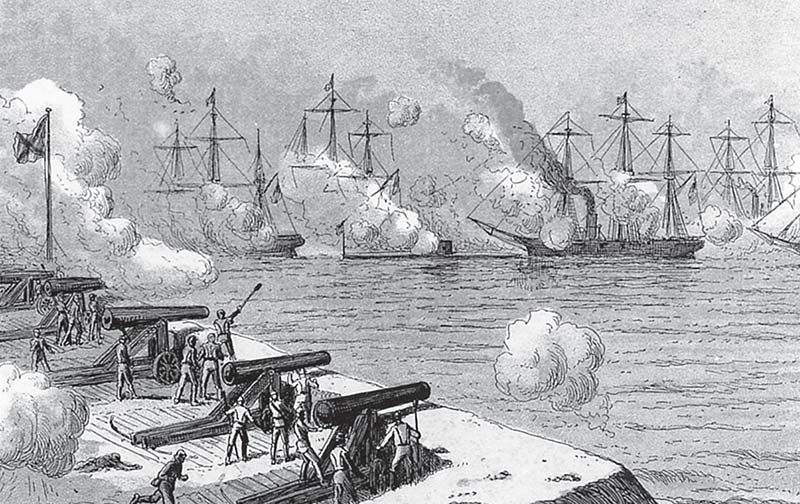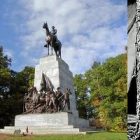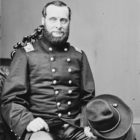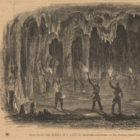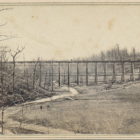Alabama Civil War
Confederate Lt. General Richard Taylor Surrenders In Citronelle Alabama
|
Confederate Lt. General Richard Taylor Surrenders In Citronelle Alabama
May 4, 1865
Citronelle, Alabama
At the wars end Confederate Lt. Gen. Richard Taylor held command of the administrative entity called the Department of Alabama, Mississippi, and East Louisiana, with some 12,000 troops. Mobile, Alabama had fallen to Union forces in April of 1865 and Taylor had received news of General Johnston’s surrender to Union General Sherman. Taylor agreed to meet Union Major General E.R.S. Canby for a conference a few miles north of Mobile at Magee Farm, in the town of Kushla, on April 30th at which time they established a truce, terminable after 48 hours notice by either party. The Confederate general arrived at Magee Farm on a handcar propelled by two African Americans. A single officer, Colonel William Levy, accompanied them. General Canby, on the other hand, reached the meeting place accompanied by his staff in dress uniforms, a full brigade of Union troops and a military band. The two generals met 20 miles further north at Citronelle in Mobile County on May 4, 1865.
